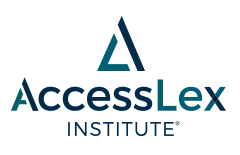
Commissioned Research
Document Type
Journal Article
Publication Date
1-2017
Keywords
graduate schools, professional schools, graduate school enrollment, race, gender
Abstract
During the Great Recession, those with college degrees fared much better than those without degrees, but a number of college graduates struggled to find satisfactory employment, leading many to graduate study. The option of seeking an advanced degree has gained momentum in recent decades, and now some observers call the master’s degree the “new bachelor’s degree.” This brief is the first in a series addressing questions about enrollment and success in graduate school, funding of graduate students, the conceptual differences between undergraduate and graduate students, and the data available to address these questions. As participation in graduate programs rises, it is critical to ask who is enrolling, which programs they are choosing, whether they complete their degrees, and how their investment in education beyond the bachelor’s degree pays off. This brief reviews changes over time in educational attainment levels and the earnings premiums for advanced degrees, and then explores differences in enrollment and completion patterns across demographic groups.





Comments
Related research:
Sandy Baum, A Framework for Thinking About Law School Affordability (2018), https://arc.accesslex.org/commissioned/8/
Sandy Baum & Patricia Steele, After Graduate and Professional School: How Students Fare in the Labor Market (2018), https://arc.accesslex.org/commissioned/1/
Sandy Baum & Patricia Steele, Financing Graduate and Professional Education: How Students Pay (2018), https://arc.accesslex.org/commissioned/7/
Sandy Baum & Patricia Steele, Graduate and Professional School Debt: How Much Students Borrow (2018), https://arc.accesslex.org/commissioned/3/
Sandy Baum & Patricia Steele, The Price of Graduate and Professional School: How Much Students Pay (2018), https://arc.accesslex.org/commissioned/2/